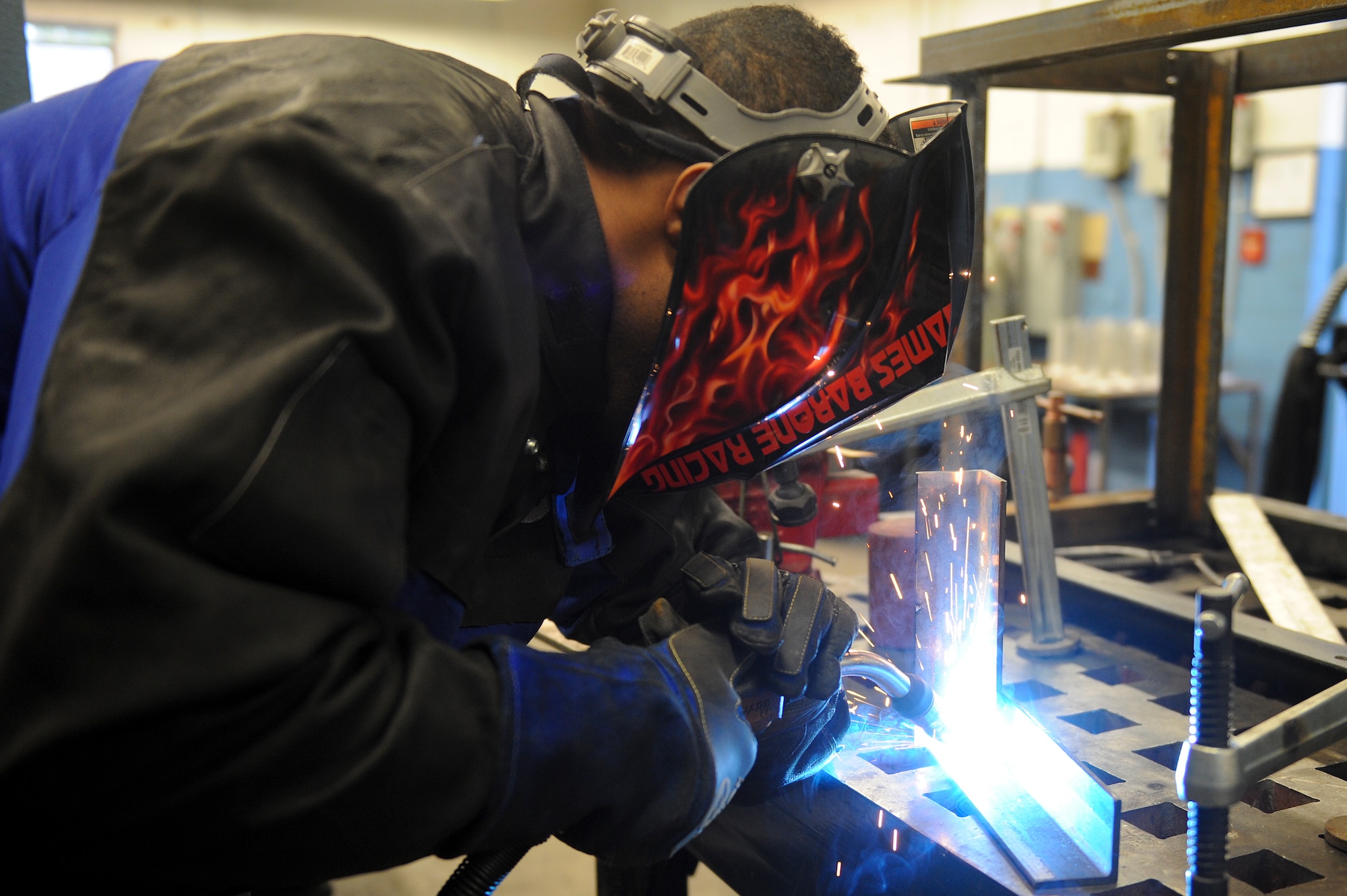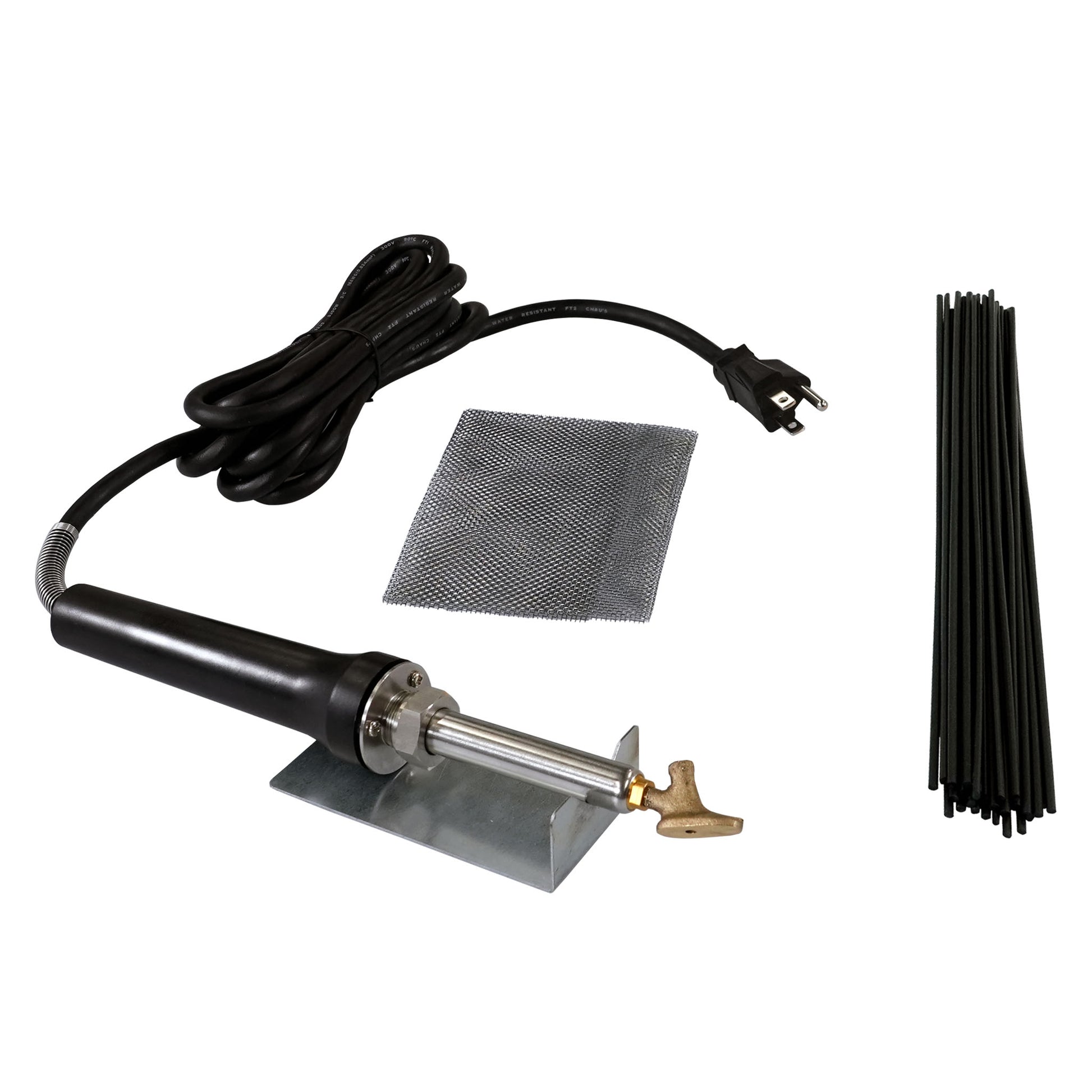Typical Welding Repair Service Issues and Exactly How to Address Them Properly
Welding repair services typically experience a series of issues that can threaten the honesty of the end product. Usual issues include insufficient infiltration, porosity, and misalignment, amongst others. Each issue provides unique challenges that require details strategies for resolution. Understanding these issues is necessary for welders intending to enhance their outcomes and abilities. This discussion will certainly explore these common welding repair service issues and effective techniques to address them.
Insufficient Penetration
Inadequate penetration takes place when the weld metal stops working to fully fuse with the base material, leading to weak joints and possible structural failures. This problem usually originates from not enough warmth input, wrong electrode angle, or inappropriate welding rate. Welders might encounter poor penetration because of a mistake of the needed parameters for a specific material thickness or kind. Additionally, contamination on the base product's surface can hinder effective bonding, aggravating the trouble. To resolve inadequate penetration, welders must guarantee suitable settings on their equipment and maintain a clean job surface. Regular evaluation of welds is advised to determine any kind of shortages early, enabling for prompt corrections and the prevention of jeopardized architectural integrity in welded settings up.
Porosity
Porosity is a typical flaw in welded joints that manifests as small gas bubbles caught within the weld steel. This problem can jeopardize the honesty of the weld, leading to lowered toughness and prospective failure under stress. Montana Mobile Welding and Repair Belgrade. Porosity commonly develops from contamination, dampness, or incorrect welding strategies, which enable gases to get away into the molten weld pool. To resolve porosity, welders must assure appropriate surface area preparation, preserve a tidy working environment, and utilize suitable welding parameters. Additionally, picking the best filler product and protecting gas can mitigate gas entrapment. Routine evaluation and screening of welds can aid identify porosity early, assuring prompt restorative activities are taken, consequently protecting the quality and dependability of the bonded framework
Imbalance
Imbalance in welding can occur from numerous variables, consisting of incorrect arrangement and thermal growth. Recognizing the origin is important for efficient resolution. A number of adjustment strategies are offered to straighten components and guarantee structural stability.
Sources of Misalignment
Welding misalignment typically comes from a selection of underlying issues that can jeopardize architectural stability. One main reason is improper fit-up of components prior to welding, which can cause gaps and irregular surfaces. Variants in thermal expansion during the welding process can likewise result in distortion, especially if the materials being signed up with have various coefficients of development. Furthermore, insufficient fixturing and securing may fail to hold elements securely in place, bring about movement during welding. Improperly kept tools, including welding machines and tools, may introduce incongruities in the weld grain, more adding to imbalance. Lastly, driver mistake, coming from inadequate training or experience, can likewise play a considerable duty in developing misaligned welds.
Improvement Methods Available
Addressing misalignment efficiently calls for a combination of restorative techniques tailored to the specific issues at hand. One common method is making use of jigs or fixtures to hold elements in the proper setting throughout welding, making sure regular positioning. In addition, pre-heating the products can help in reducing distortion and improve fit-up. For substantial misalignment, mechanical adjustment techniques, such as using hydraulic jacks or clamps, can be utilized to correct the setting before welding. Post-weld warm treatment might also be necessary to ease tensions brought on by misalignment. Finally, cautious inspection and adjustment during the arrangement phase can avoid misalignment problems from coming to be substantial troubles, promoting a smoother welding procedure and enhancing total structural integrity.
Distortion
Distortion is a common obstacle in welding that can develop from numerous factors, consisting of unequal home heating and cooling. Comprehending the reasons for distortion is essential for implementing effective prevention strategies. Addressing this issue not only boosts structural honesty but additionally improves the general top quality of the weld.
Root causes of Distortion
When based on the extreme warmth of welding, products typically undertake changes that can cause distortion. This phenomenon largely occurs from thermal growth and contraction throughout the welding process. As the weld area warms up, the material expands; upon cooling, it contracts, which can create inner stress and anxieties. Additionally, uneven home heating across a work surface can worsen these stresses, causing bending or bending. The kind of product also plays a significant duty; metals with varying thermal conductivity and coefficients of growth might respond in a different way, bring about unforeseeable distortions. Moreover, inadequate joint style and inadequate fixturing can add to imbalance during welding, boosting the possibility of distortion. Comprehending these causes is crucial for effective welding repair work and avoidance techniques.
Prevention Techniques
Efficient prevention techniques for distortion during welding focus on regulating heat input and guaranteeing correct joint layout. Preserving a constant warmth input assists to minimize thermal growth and tightening, which can lead to distortion. Using methods such as preheating the work surface can also minimize the temperature level gradient, advertising consistent home heating. Furthermore, picking appropriate joint styles, such as T-joints or this hyperlink lap joints, can boost security and decrease tension concentrations. Applying appropriate fixturing to protect the workpieces in position further help in maintaining placement during the welding process. Staggered welding sequences can disperse warmth a lot more uniformly, preventing local distortion. By applying these strategies, welders can considerably lower the chance of distortion and boost the total high quality of their welds.
Cracking
Fracturing is a common concern experienced in welding fixings, often arising from numerous elements such as incorrect cooling rates, material option, or inadequate joint prep work. The occurrence of splits can substantially endanger the honesty of the weld, bring about prospective failures during procedure. To resolve this problem, welders have to first examine the source, guaranteeing that products work and appropriately selected for the specific application. Furthermore, regulating the air conditioning rate throughout the welding procedure is important; fast cooling can induce stress and anxiety and bring about breaking. Appropriate joint layout and prep work additionally add to minimizing the threat. Executing these approaches can boost weld high quality and resilience, inevitably minimizing the chance of fracturing in finished weldments.

Insufficient Blend
A substantial issue in welding fixings is incomplete blend, which happens when the weld metal does not sufficiently bond with the base product or previous weld passes - Montana Mobile Welding and Repair Welding. This issue can bring about weak points in the joint, possibly endangering the stability of the bonded structure. Elements adding to incomplete blend consist of insufficient heat input, improper welding technique, and contamination of the surfaces being joined. To resolve this issue efficiently, welders should guarantee appropriate pre-weld cleaning and surface area preparation, in addition to change their welding specifications to accomplish sufficient infiltration and combination. Routine examination throughout the welding procedure can likewise assist recognize insufficient fusion early, enabling for timely restorative actions to improve the overall high quality of the weld
Overheating
While welding repair work can enhance architectural stability, overheating offers a significant challenge that can bring about product destruction. Excessive heat during welding can modify the mechanical residential or commercial properties of steels, leading to reduced stamina, boosted brittleness, and warping. This sensation is particularly important in high-stress applications where architectural integrity is paramount. Identifying overheating can entail aesthetic examinations for discoloration or distortion, along with keeping an eye on temperature level during the welding procedure. To reduce the risks related to overheating, welders ought to employ ideal techniques, such as regulating heat input, readjusting travel rate, and utilizing appropriate filler materials. Furthermore, carrying out pre- and post-weld heat treatments can aid bring back product residential properties and boost the general top quality of the repair work, guaranteeing lasting performance and safety and security.
Often Asked Questions
What Are the Usual Indications of a Welding Flaw?

Exactly How Can I Evaluate My Welds for High quality?
To examine welds for top quality, one can make use of visual evaluations, ultrasonic screening, and radiographic approaches. Each strategy guarantees architectural honesty, recognizes defects, and verifies adherence to defined standards, ultimately boosting the dependability of the bonded joints.
What Safety and security Precautions Should I Take While Welding?
When welding, one need to prioritize security by using suitable individual safety devices, guaranteeing appropriate ventilation, safeguarding flammable materials away, keeping a tidy work space, and knowing surroundings to avoid injuries and crashes.
Can I Repair a Weld Without Renovating the Entire Joint?
Fixing a weld without redesigning the entire joint is possible, depending on the damages (Montana Mobile Welding and Repair). Techniques such as grinding, adding filler material, or utilizing a welding process can effectively resolve certain problems while maintaining the bordering framework
What Devices Are Necessary for Effective Welding Services?
Crucial devices for reliable welding fixings a knockout post include a welding maker, cord brush, mill, protective gear, clamps, and filler products. Each tool plays a vital function in guaranteeing quality and security throughout the repair service procedure. Porosity commonly develops from contamination, moisture, or improper welding strategies, which enable gases to leave right into the molten weld swimming pool. Inadequately conserved equipment, including welding equipments and devices, might present variances in the weld bead, additional adding to misalignment. When subjected to the intense warm of welding, materials often undergo changes that her response can lead to distortion. Cracking is an usual concern come across in welding fixings, often resulting from numerous aspects such as inappropriate air conditioning rates, material choice, or poor joint prep work. A significant issue in welding repairs is insufficient combination, which occurs when the weld steel does not appropriately bond with the base product or previous weld passes.